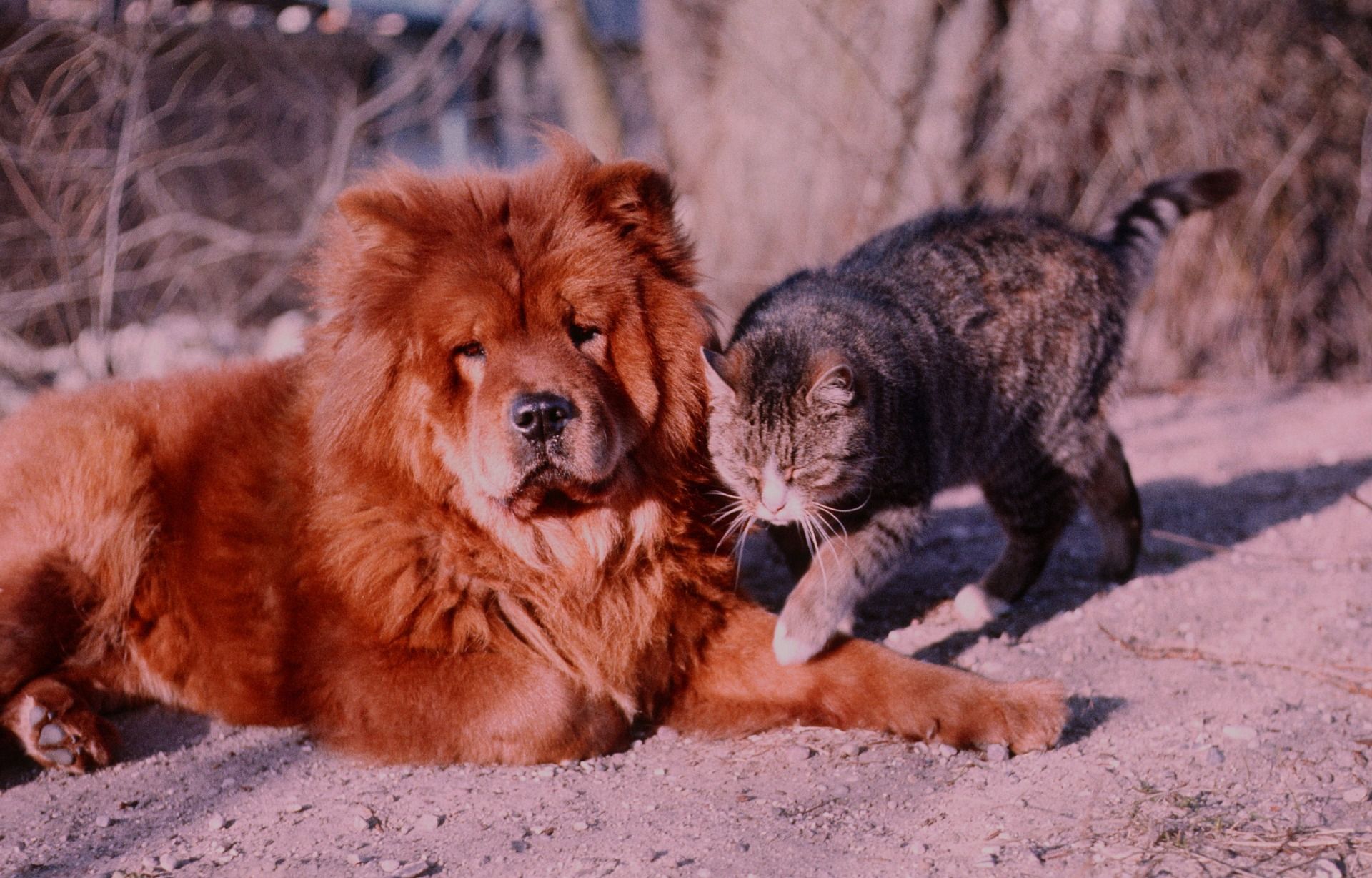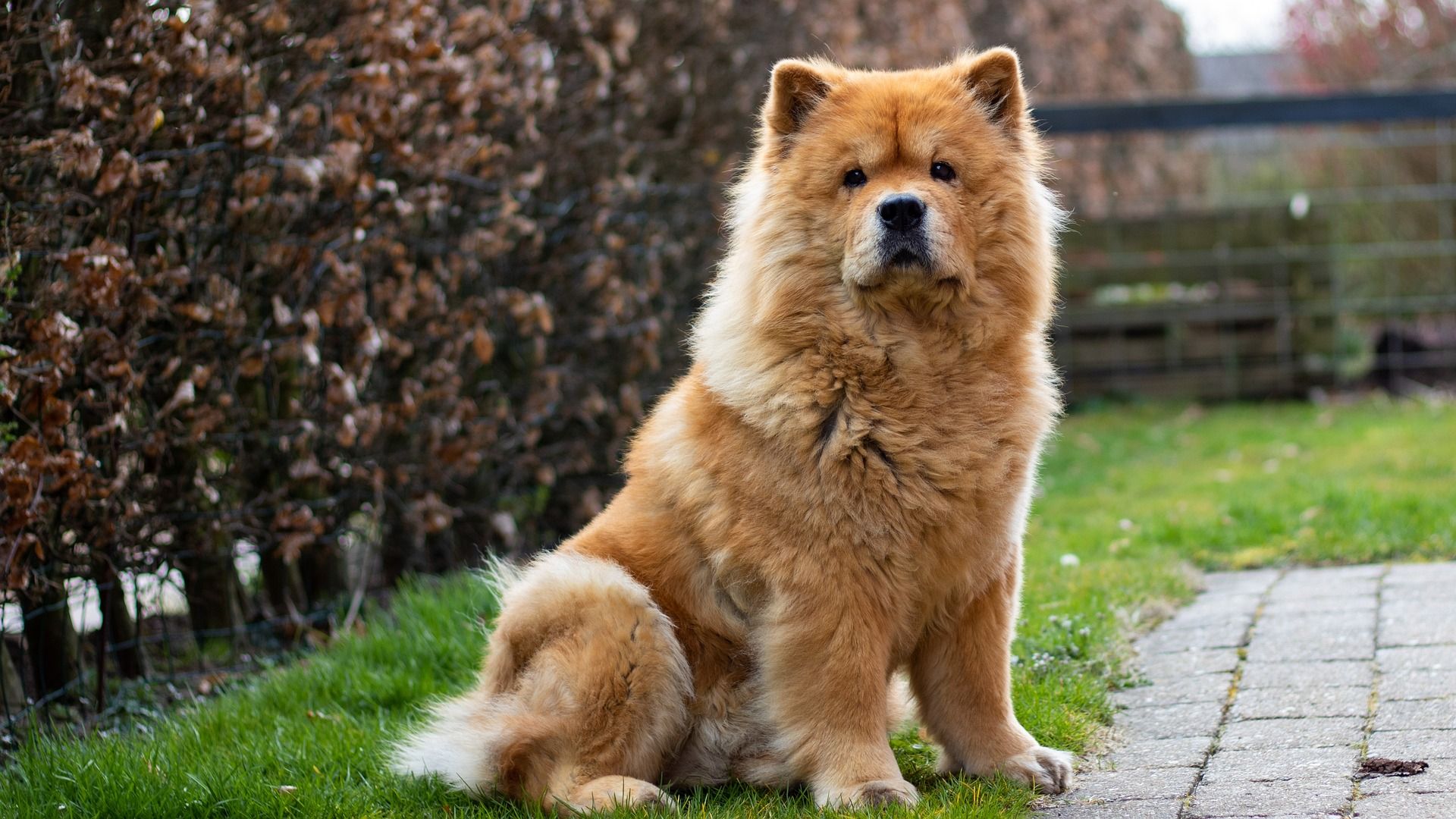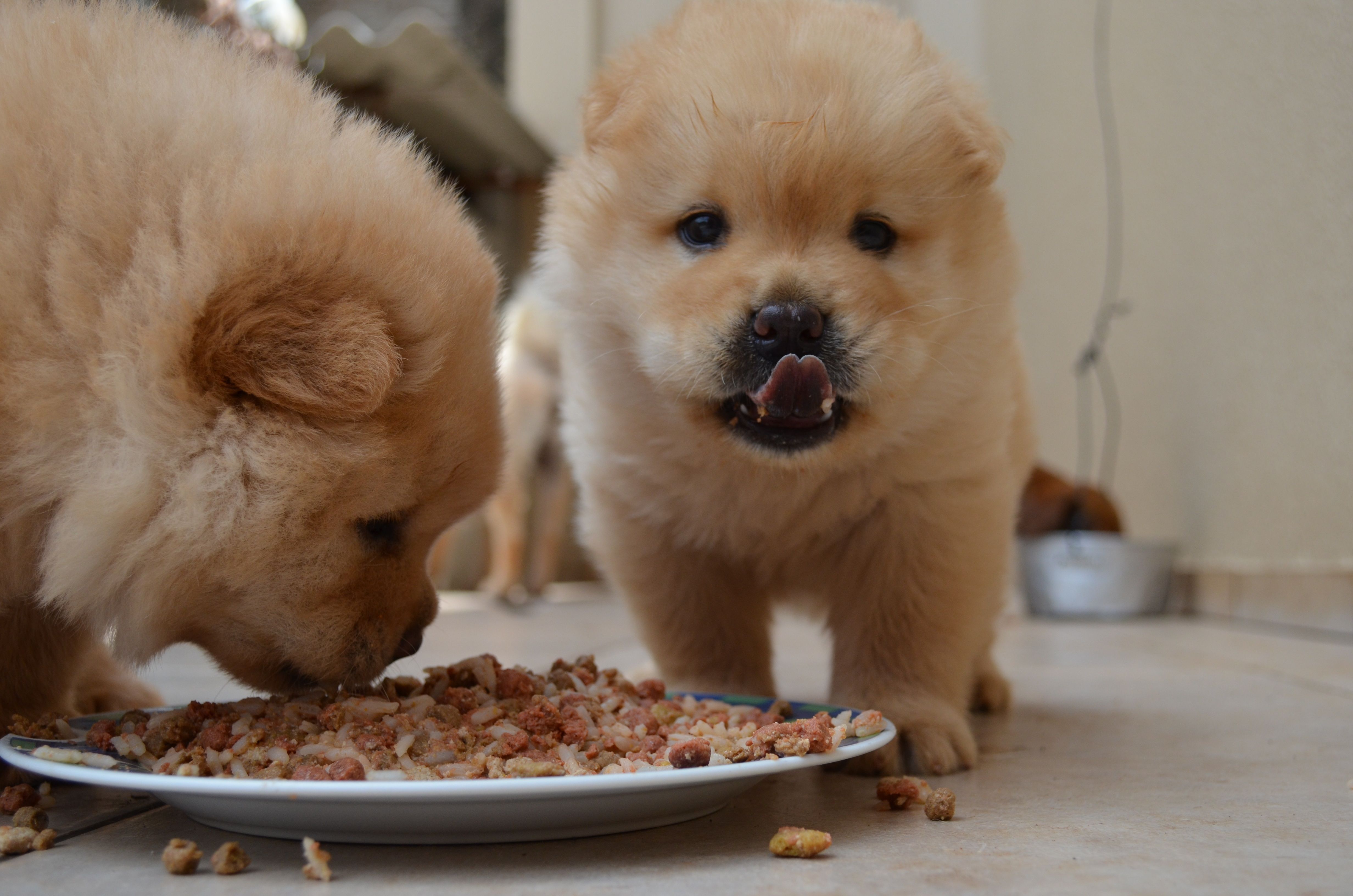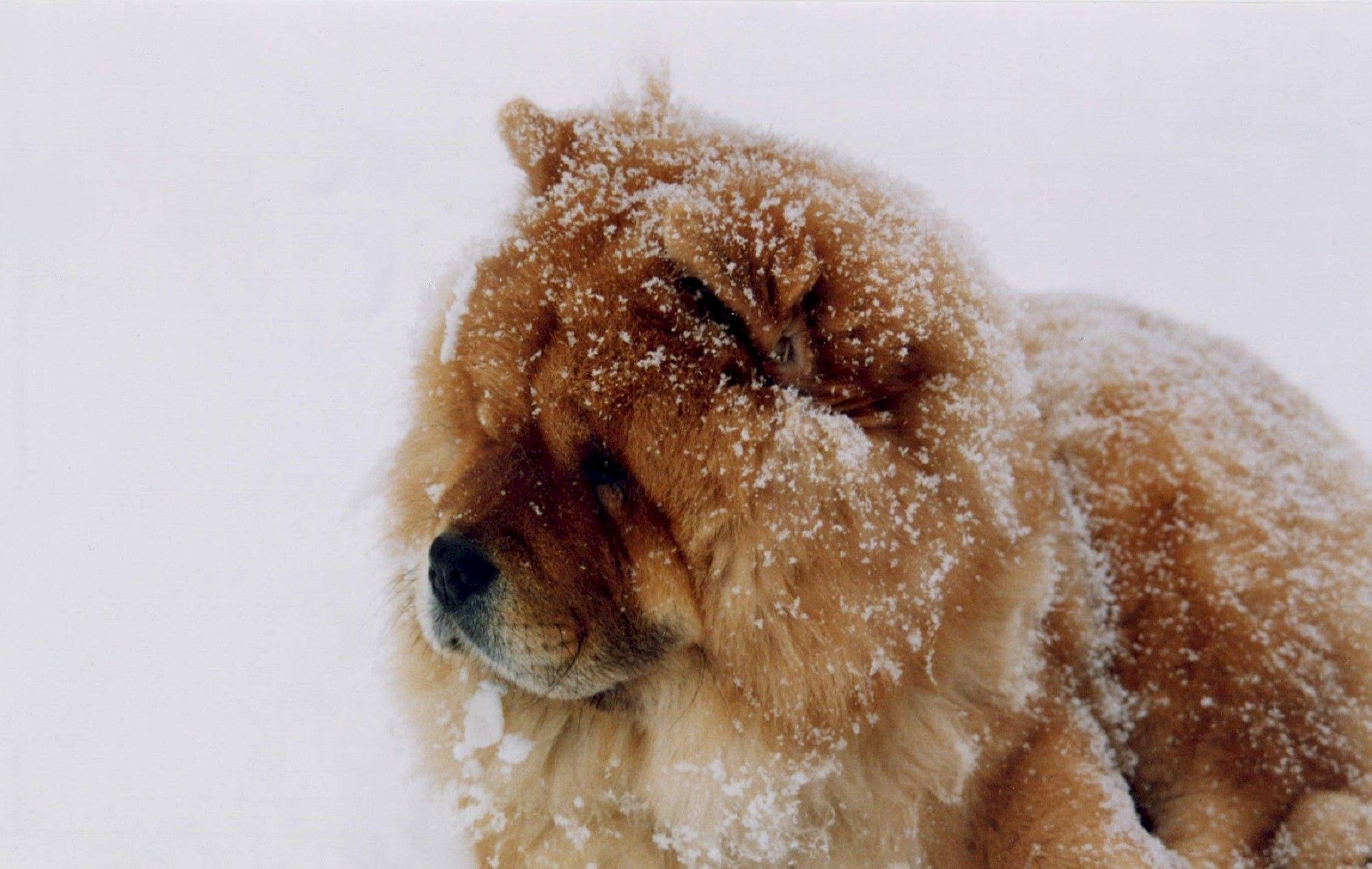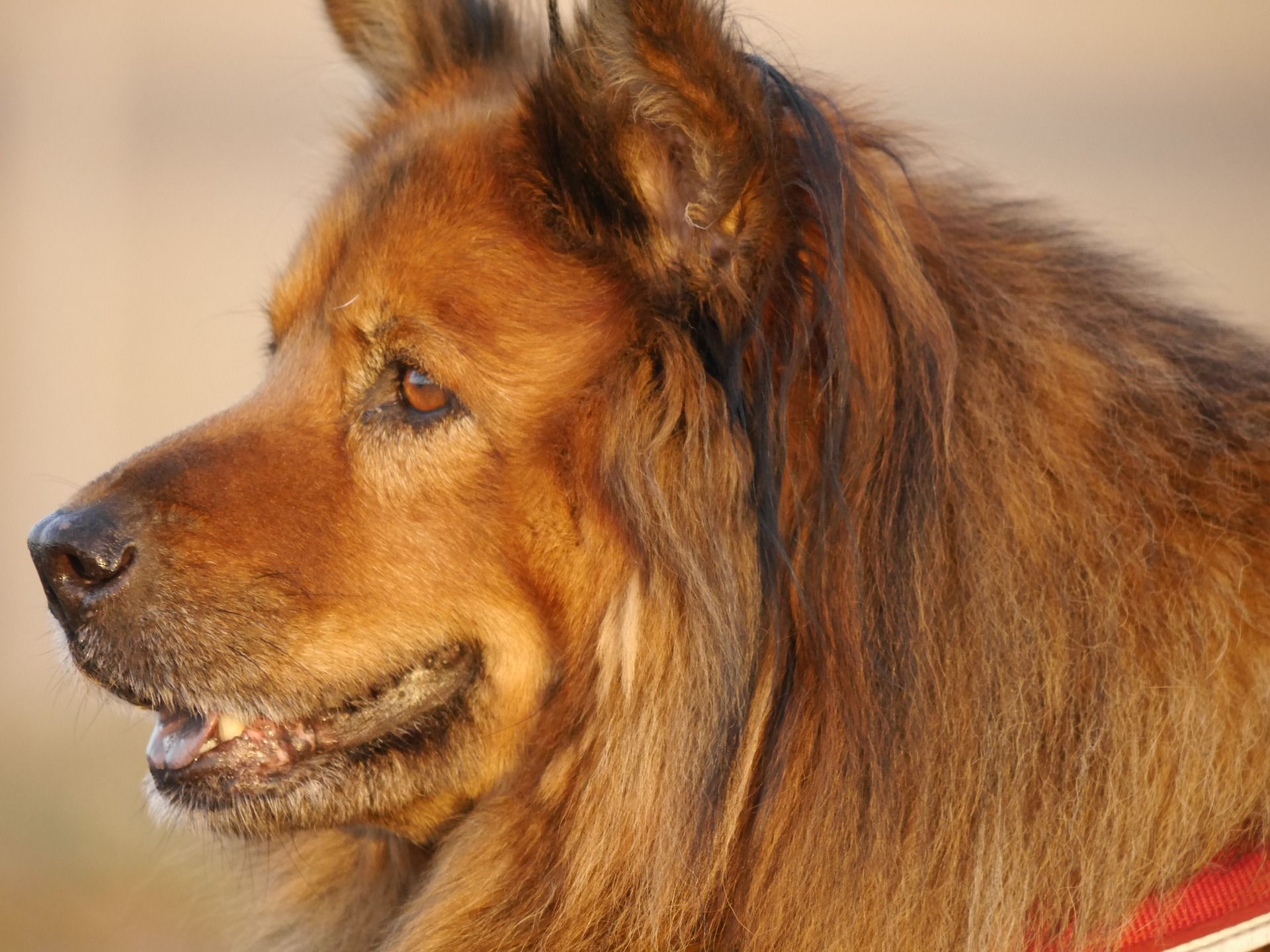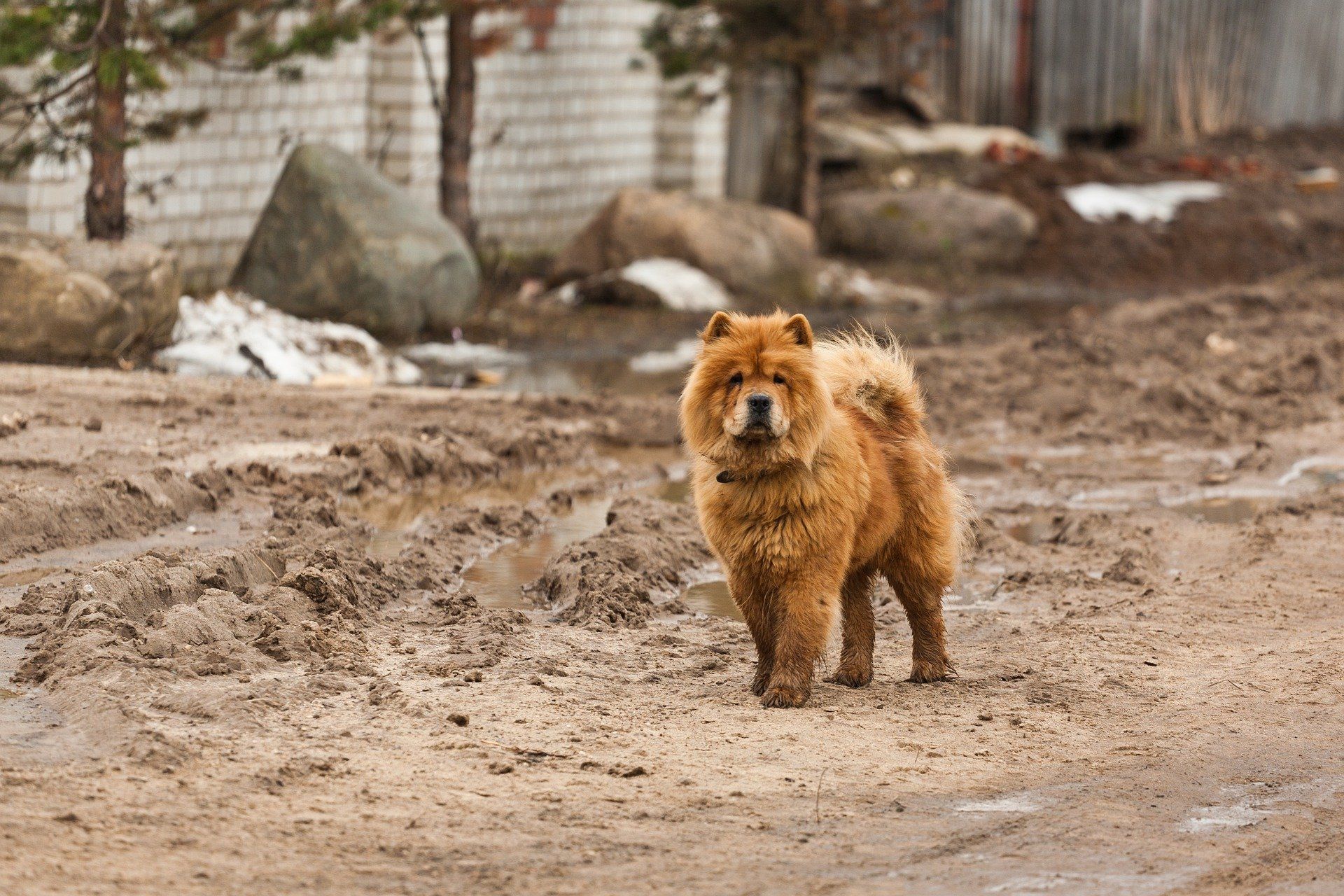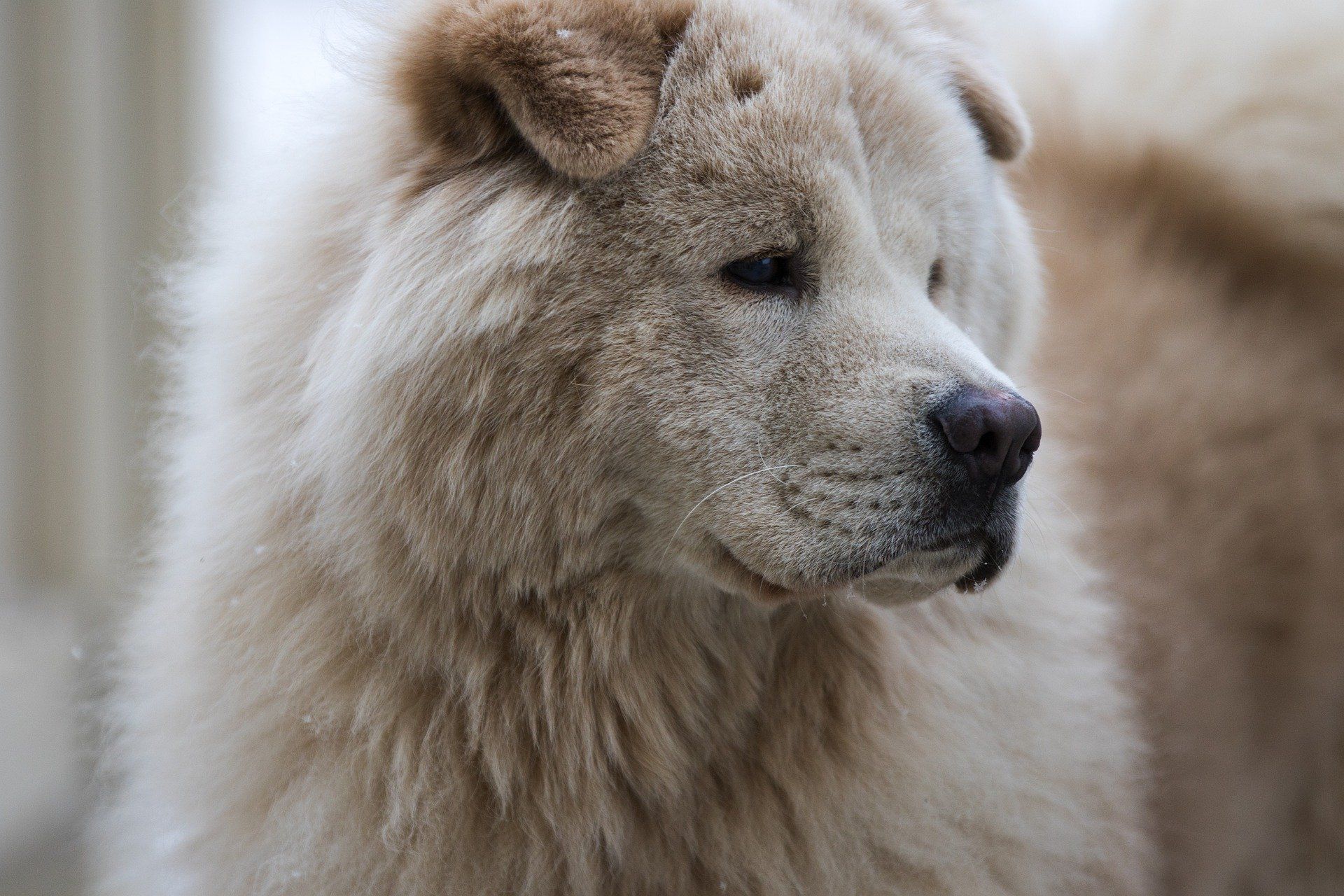Chow Chow's double coat is a defining feature, providing both protection and a unique appearance. But are they heavy shedders? When do they shed?
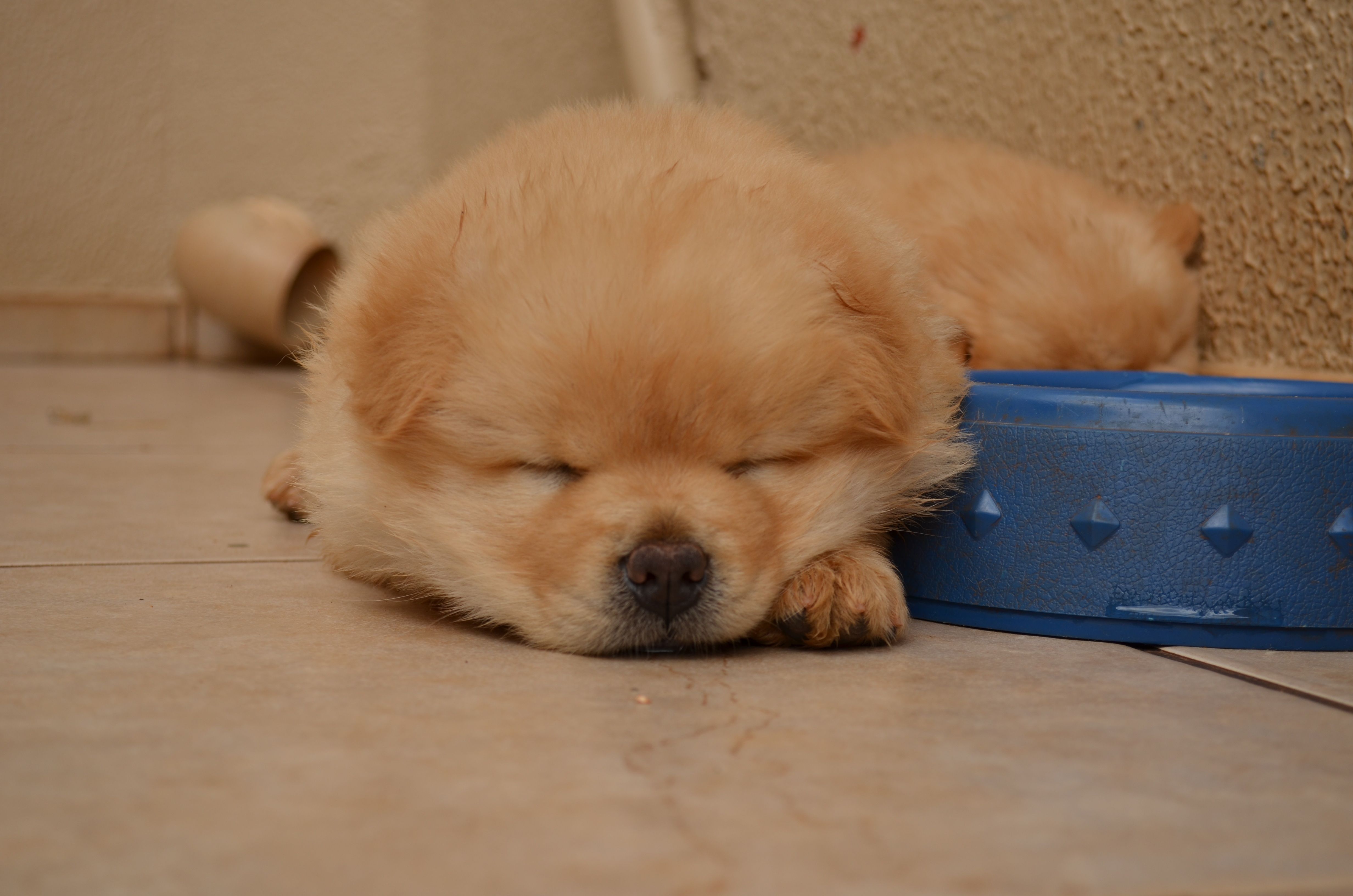
The Chow Chow coat is distinctive, consisting of a double layer. The outer coat is coarse and straight, while the undercoat is soft and dense. Known for moderate to heavy shedding, especially during spring and fall, Chow Chows may exhibit shedding intensity influenced by factors like climate and living conditions. Proper coat care involves regular brushing, appropriate nutrition, grooming, and veterinary check-ups to ensure a healthy and well-maintained coat. Chow Chows’ coats contribute to their unique appearance and require consistent attention for their overall well-being.
Table of Contents
Do Chow Chows Shed a Lot?
Chow Chows shed moderately to heavily, particularly during the shedding seasons in spring and fall. Managing their shedding involves regular grooming, proper nutrition, and attention to factors like climate and living conditions.
While shedding is a natural process, consistent care can help keep your Chow Chow’s coat healthy and minimize loose fur in your home.
Shedding Intensity—Moderate to Heavy Shedding
Chow Chows are considered moderate to heavy shedders. The intensity of shedding is particularly noticeable during the shedding seasons (spring and fall).
The breed’s double coat, consisting of a dense undercoat and coarse outer coat, contributes to the shedding intensity.
Double Coat
The Chow Chow’s double coat is a defining feature, providing both protection and a unique appearance. Regular grooming and attention to the coat’s needs are essential to ensure the dog’s comfort, health, and overall well-being.
Understanding the characteristics of the Chow Chow coat allows owners to maintain it effectively and appreciate its significance in the breed’s history and adaptation to various environments.
Outer Coat
The outer coat of the Chow Chow is dense, straight, and coarse to the touch. It stands away from the body, providing protection against harsh weather elements.
The outer coat acts as a barrier, shielding the dog from rain, snow, and UV rays.
Undercoat
Beneath the outer coat, Chow Chows have a soft, dense undercoat that offers additional insulation and protection.
The undercoat serves to regulate body temperature, providing warmth in colder weather and insulation in warmer conditions.
When do Chow Chows Shed?
Chow Chows are known for their distinctive double coat, and shedding is a natural part of their grooming cycle. Understanding when and how intensely Chow Chows shed is essential for proper coat care.
Shedding Seasons
Spring Shedding
In spring, Chow Chows undergo a shedding phase to rid themselves of the heavier winter coat. This shedding prepares them for warmer temperatures.
Spring shedding is often characterized by a more pronounced loss of fur as the dense winter undercoat is shed.
Fall Shedding
In the fall, Chow Chows shed their lighter summer coat to make way for the growth of a thicker winter coat. This shedding readies them for colder weather.
Fall shedding may not be as heavy as in spring, but there is still a noticeable loss of fur as the dog transitions its coat.
Factors Influencing Chow Chow Shedding
Various factors influence the shedding patterns of Chow Chows, including climate, living conditions, and overall health.
#1 — Climate
Temperature Variations
Chow Chows are sensitive to changes in temperature. In regions with distinct seasons, temperature variations can trigger shedding. In colder climates, Chow Chows may shed more heavily during the transition from a thicker winter coat to a lighter summer coat.
Seasonal Changes
Chow Chows often experience more pronounced shedding during seasonal changes, such as spring and fall. As the weather warms in spring, Chow Chows shed their winter coat to adapt to the warmer conditions.
#2 — Living Conditions
Indoor vs. Outdoor Living
Dogs that primarily live indoors may shed more consistently throughout the year, while outdoor dogs might shed more noticeably during seasonal changes. An indoor Chow Chow may have a more constant shedding pattern, whereas an outdoor Chow Chow might shed more prominently during spring and fall.
Humidity Levels
Low humidity levels can contribute to dry skin and increased shedding. In drier climates or during winter when indoor heating systems are used, Chow Chows might experience more noticeable shedding.
#3 — Grooming Practices
Brushing Frequency
Regular brushing helps remove loose fur, preventing matting and reducing shedding. Frequent brushing, especially during shedding seasons, can effectively manage the amount of loose hair in the coat.
Bathing Routine
Regular baths keep the coat clean and healthy, potentially reducing excessive shedding. Over-bathing, however, can strip natural oils from the coat, leading to dry skin and potentially increased shedding.
Grooming Tools
The type of grooming tools used, such as deshedding brushes and combs designed for double-coated breeds, can influence shedding management. Using appropriate grooming tools helps remove loose undercoat and minimizes shedding.
#4 — Health Factors
Nutrition
A well-balanced diet with essential nutrients, including omega-3 fatty acids, supports coat health and may reduce excessive shedding. Providing high-quality dog food with ingredients promoting coat health can contribute to managing shedding.
Overall Health
Underlying health issues, stress, or hormonal imbalances can impact shedding patterns. Regular veterinary check-ups are essential to identify and address any health concerns that might affect the coat.
Understanding the factors influencing Chow Chow shedding enables owners to implement effective grooming and care practices. By considering climate, living conditions, grooming routines, and overall health, owners can manage shedding and promote a healthy, well-maintained coat for their Chow Chows.
Regular attention to these factors contributes to the overall well-being of the dog.
Managing Chow Chow Shedding
Managing Chow Chow shedding involves a combination of grooming practices, proper nutrition, and attention to environmental factors.
#1 — Regular Brushing
Frequency
- Tip: Brush your Chow Chow’s coat regularly, at least a few times a week, and increase the frequency during shedding seasons (spring and fall).
- Reason: Regular brushing helps remove loose fur, preventing matting and reducing shedding.
Use Deshedding Tools
- Tip: Invest in deshedding brushes and grooming tools designed for double-coated breeds to effectively remove loose undercoat.
- Reason: Deshedding tools target the undercoat, minimizing shedding and promoting a healthier coat.
#2 — Bathing and Grooming
Bathing Frequency
- Tip: Bathe your Chow Chow as needed to keep the coat clean, but avoid over-bathing, as it can strip natural oils and lead to dry skin.
- Reason: Clean fur is less likely to mat, and maintaining natural oils is essential for coat health.
Regular Grooming Sessions
- Tip: Schedule regular grooming sessions, which may include nail trimming, ear cleaning, and coat inspection.
- Reason: Regular grooming helps catch any issues early and ensures the overall well-being of your Chow Chow.
#3 — Proper Nutrition
High-Quality Diet
- Tip: Provide a well-balanced diet with essential nutrients, including omega-3 fatty acids, to support coat health.
- Reason: Proper nutrition contributes to a healthier coat and may reduce excessive shedding.
Consult with a Vet
- Tip: Consult with your veterinarian to determine the best diet for your Chow Chow’s specific needs.
- Reason: A vet can provide personalized recommendations based on your dog’s health and nutritional requirements.
#4 — Environmental Considerations
Climate Control
- Tip: Adjust grooming practices based on seasonal changes. Brush more frequently during shedding seasons.
- Reason: Adapting grooming routines to the climate helps manage shedding effectively.
Indoor Living
- Tip: Provide proper indoor humidity levels to prevent dry skin, especially in drier climates.
- Reason: Maintaining a comfortable indoor environment can impact the health of your Chow Chow’s coat.
#5 — Regular Veterinary Check-ups
Health Monitoring
- Tip: Schedule regular veterinary check-ups to monitor your Chow Chow’s overall health, including coat condition.
- Reason: Detecting and addressing health issues early can prevent or reduce excessive shedding.
#6 — Manage Stress
Provide a Calm Environment
- Tip: Create a calm and stress-free environment for your Chow Chow.
- Reason: Stress can contribute to excessive shedding, so minimizing stressors can help manage shedding.
#7 — Consistency is Key
Establish a Routine:
- Tip: Establish a consistent grooming routine and stick to it.
- Reason: Regular and consistent care is essential for managing shedding and maintaining a healthy coat.
By incorporating these tips into your Chow Chow’s care routine, you can effectively manage shedding and promote a healthy, well-maintained coat. Consistent attention to grooming, nutrition, and environmental factors contributes to the overall well-being and comfort of your Chow Chow.
